Are you sick and tired of hearing about goals?
Well, as humans the urge to set goals and improve will not go away. See this picture of me at the top of the mountain? Did me and my family get there without effort?

No, we had to get up early, pack all the ski equipment, pack the food, drive 2 hours to get to the hill, survive a hawk dive bombing our windshield, then put all the gear on, pay for the lift ticket and finally get on the chair lift to the top.
And once we’re at the top comes the fun part—We get to ski down, with muscles burning!
If you are sick and tired of failing at your goals, you are not alone. Statistics show that most people have abandoned their New Year’s goals or resolutions by mid-January. That is a depressing thought! But what about the people that stick with their goals? How do they do it?
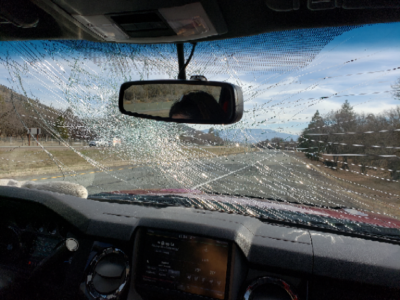
5 Steps to Achieve your Goals
1. State your vision
Those who are clear about what they want to accomplish and are SPECIFIC about the details will generally win the day. Our vision that Saturday: spend a day skiing at Mt. Shasta.
Another example: if I say, I want to spend less money this year, is that specific enough? No, you need to create a realistic budget and pick an amount you’d like to save each month.
2. Eliminate your obstacles
What stands between you and your goal? For us, the obstacle to getting to Shasta ski hill was the cracked windshield.
If you don’t know how to create a budget, that’s an obstacle or a hurdle to jump over. You’re in unfamiliar territory and you need a guide. Find an expert to help you. A financial planner, your banker, or a friend or associate who is good at budgeting can show you how.
3. Commit your Resources
Identify the resources you already have, and then what resources you need. Our resources for skiing were the truck we used to drive to the hill and the time and money spent.
For the goal of saving money, you might need to spend a small amount of money in order to save a larger amount in the long run. Is it worth it? Absolutely!
4. Create your SYSTEM
Behind every organized person or result, there is a system in place for everything to run smoothly. For goals, this is a plan with steps in place. Once I do A, then I’ll do B. And once I have the hang of B, I will move to step C. Does that make sense to you? Using the ski trip example: first pick a date, then pack gear, drive, pay and finally ski. Think of a process with logical steps, culminating in reaching the top step, your GOAL!
By the way, what are you going to do with the money you saved? Think of a fun reward to spend part of your savings on. What would motivate you to save? Personally, I love vacations, and it is worth it to me NOT to have the latest fashions in order to travel. It’s all a matter of priorities.
5. Maintain your Success
Just keep on truckin’! When you’re in the HABIT of following a budget and saving money, all you have to do is maintain that mindset for your success.
Motivate yourself with inspirational quotes, checking your savings balance. Or think about what you’re saving for: that great vacation or new house–it will keep you on target to reach your goal!
You see, keeping a goal is not impossible. With commitment, some time and the apropos resources, you CAN set reasonable goals and successfully reach that summit!
RESOURCES:
Did you know getting organized can actually SAVE you money? Click on this link to learn how.https://efficientspacesco.c.wpstage.net/2016/01/organizing-save-money/
Help for mindset: Read Mindset by Carol Dweck.
Help for habits: The power of Habit by Charles Duhigg.


 I find the earlier I start preparing for the holidays, the more I enjoy the season. Since I’m a Christian, I’ll concentrate on the Christmas holiday. Whatever your religious faith, December is a busy time of year and most people around you vibrate with stress.
I find the earlier I start preparing for the holidays, the more I enjoy the season. Since I’m a Christian, I’ll concentrate on the Christmas holiday. Whatever your religious faith, December is a busy time of year and most people around you vibrate with stress.


 you believe it is almost September? It’s almost that time again, for kids, teens and college students to go back to school. If the thought of shopping for school supplies and clothing fills you with dread, I’ve got some pointers to save time and energy.
you believe it is almost September? It’s almost that time again, for kids, teens and college students to go back to school. If the thought of shopping for school supplies and clothing fills you with dread, I’ve got some pointers to save time and energy.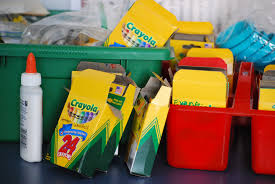


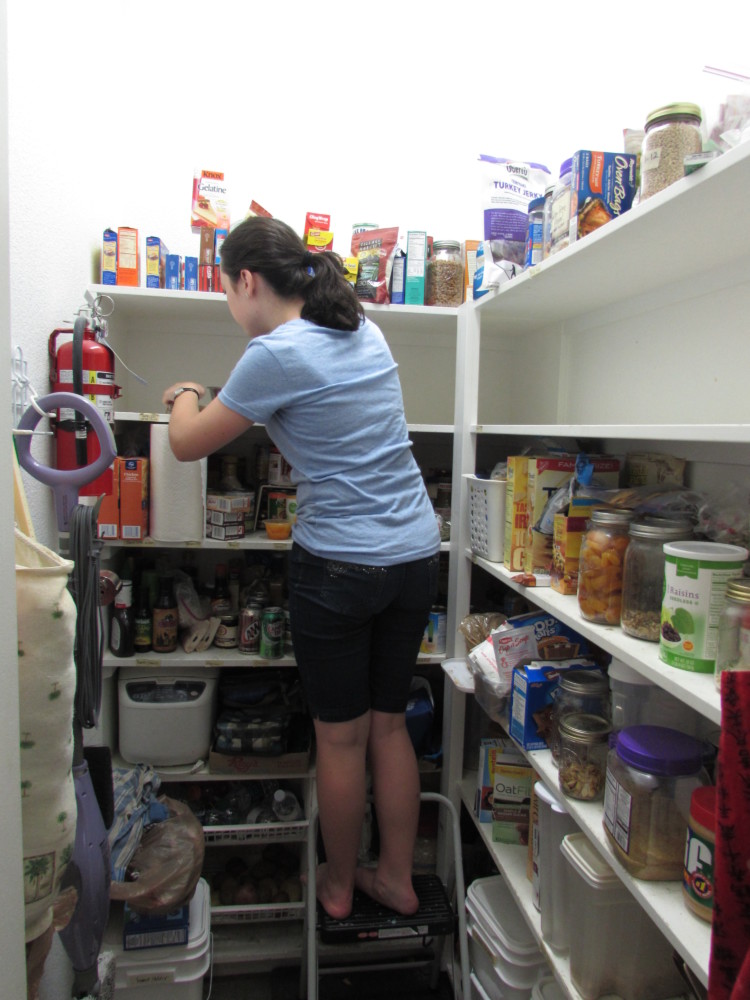
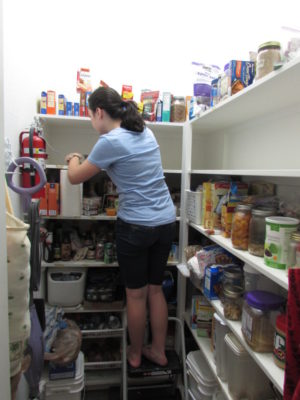
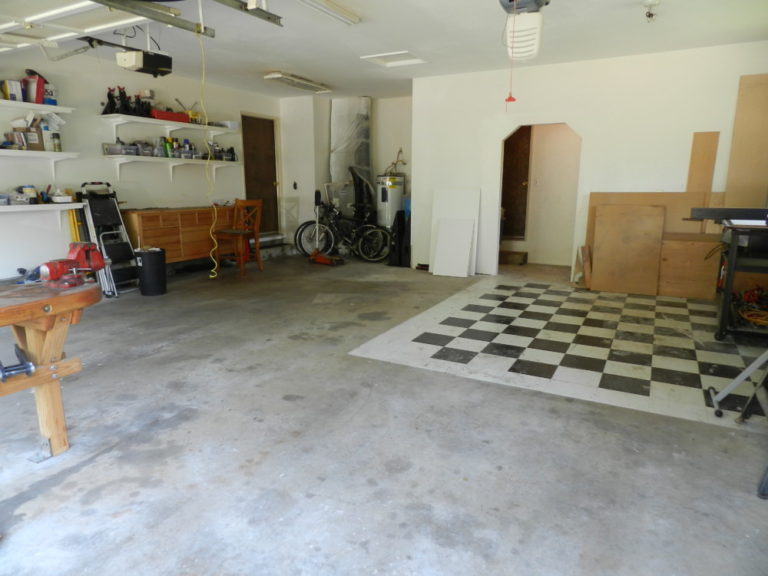


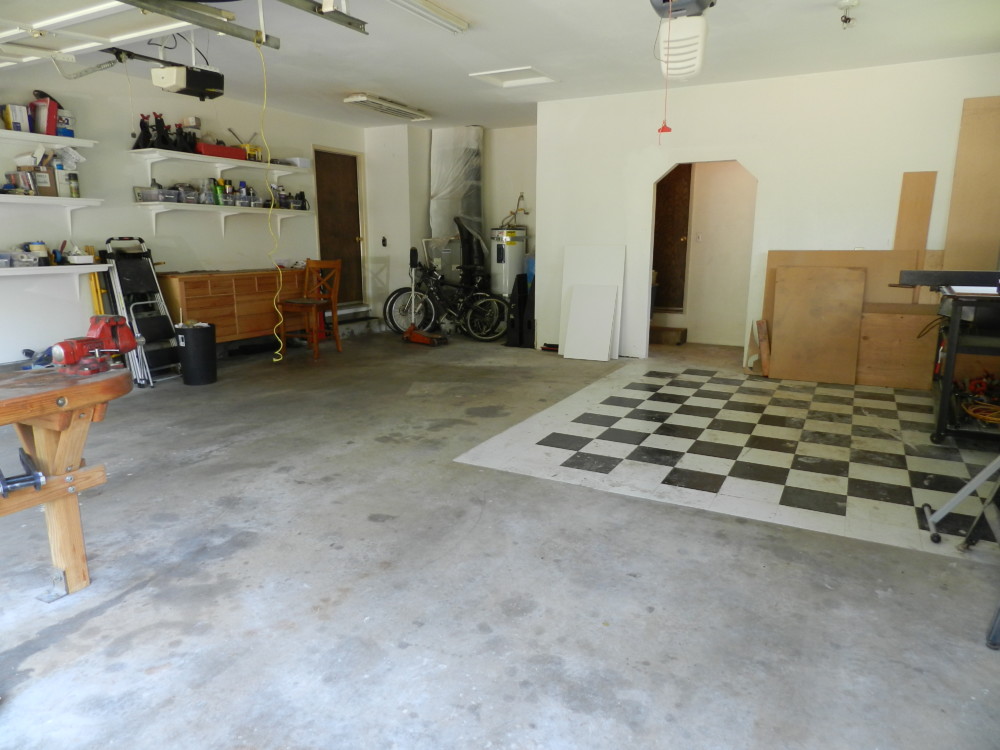
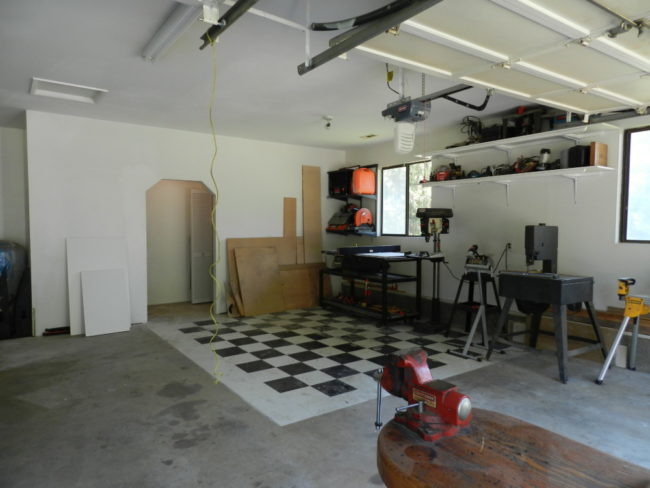

 Not a helper to chop veggies or a sous chef—I’m talking organizational help. Looking for kitchen ideas? You’re not alone. In the past couple weeks, several friends have mentioned their kitchen needs work. Well, that’s what I DO, so I’m here to help in the kitchen. Think about the issues in your kitchen. What piles up, and where? Are your cabinets crammed with precarious stacks of bowls, pots and pans, and airtight containers?
Not a helper to chop veggies or a sous chef—I’m talking organizational help. Looking for kitchen ideas? You’re not alone. In the past couple weeks, several friends have mentioned their kitchen needs work. Well, that’s what I DO, so I’m here to help in the kitchen. Think about the issues in your kitchen. What piles up, and where? Are your cabinets crammed with precarious stacks of bowls, pots and pans, and airtight containers? Many people have a small kitchen that doesn’t seem to have enough storage. Apartments, starter homes, and older homes tend to have small kitchens with woefully inadequate cabinet space. In my very first kitchen, I could barely open the oven without hitting our small table! At that time, I did not have many dishes or tools, so it wasn’t an issue.
Many people have a small kitchen that doesn’t seem to have enough storage. Apartments, starter homes, and older homes tend to have small kitchens with woefully inadequate cabinet space. In my very first kitchen, I could barely open the oven without hitting our small table! At that time, I did not have many dishes or tools, so it wasn’t an issue.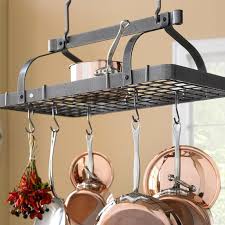 Sixth: A ceiling-mounted pot rack will hold a multitude of pots and pans!
Sixth: A ceiling-mounted pot rack will hold a multitude of pots and pans!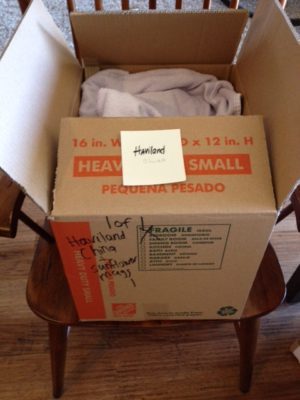

 thrift stores. So, once a year, I celebrate by having a little fun with the 12 days of Christmas poem. This new and improved 12 days has 12 tips to make your holiday prep less stressful!
thrift stores. So, once a year, I celebrate by having a little fun with the 12 days of Christmas poem. This new and improved 12 days has 12 tips to make your holiday prep less stressful! Tip: Take out one decoration that really inspires you. For me, a homemade advent calendar does the trick. Each pocket has 1 simple activity and a small ornament inside. Keep it simple, silly!
Tip: Take out one decoration that really inspires you. For me, a homemade advent calendar does the trick. Each pocket has 1 simple activity and a small ornament inside. Keep it simple, silly!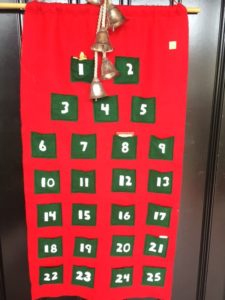 pre-lit ceramic tree.
pre-lit ceramic tree.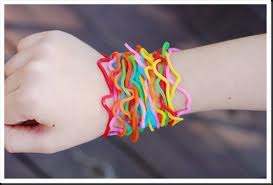 my client gave to me: 5 silly bands, 4 Rolodexes, 3 rubber chickens, 2 Kleenex boxes, and a pre-lit ceramic tree.
my client gave to me: 5 silly bands, 4 Rolodexes, 3 rubber chickens, 2 Kleenex boxes, and a pre-lit ceramic tree.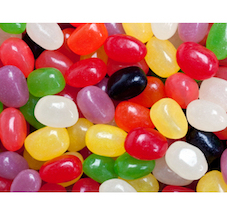 the 6th day of Christmas, my client gave to me:6 sticky jelly beans, 5 silly bands, 4 Rolodexes, 3 rubber chickens, 2 Kleenex boxes, and a pre-lit ceramic tree.
the 6th day of Christmas, my client gave to me:6 sticky jelly beans, 5 silly bands, 4 Rolodexes, 3 rubber chickens, 2 Kleenex boxes, and a pre-lit ceramic tree. cushions! Just like everything else, make a plan for when to clean certain areas of the house. If you’re having guests one night, remember don’t spend too much time on the floors, they’re just going to get dirty again! Do a quick clean before and a thorough clean after!
cushions! Just like everything else, make a plan for when to clean certain areas of the house. If you’re having guests one night, remember don’t spend too much time on the floors, they’re just going to get dirty again! Do a quick clean before and a thorough clean after! he 8th day of Christmas, my client gave to me: 8 singing fish, 7 gift bags, 6 sticky jelly beans, 5 silly bands, 4 Rolodexes, 3 rubber chickens, 2 Kleenex boxes, and a pre-lit ceramic tree.
he 8th day of Christmas, my client gave to me: 8 singing fish, 7 gift bags, 6 sticky jelly beans, 5 silly bands, 4 Rolodexes, 3 rubber chickens, 2 Kleenex boxes, and a pre-lit ceramic tree.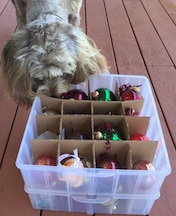 wrap or brown packing paper to keep them safe (newsprint may rub off on ornaments). Or make your life even easier by investing in a nifty bulb storage container. Craft or home stores carry these.
wrap or brown packing paper to keep them safe (newsprint may rub off on ornaments). Or make your life even easier by investing in a nifty bulb storage container. Craft or home stores carry these.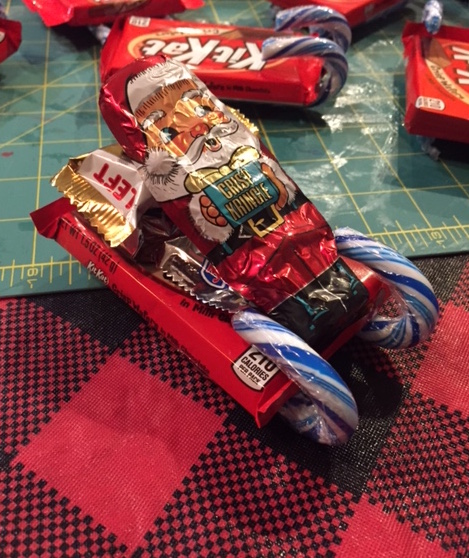 on’t forget to make it fun—play music and movies! While you are wrapping or decorating, crank up the Christmas carols or The Messiah by the Tabernacle Choir at Temple Square! A great way to store your holiday CD’s is a simple shoe box with a label. You can even store them with your Christmas decorations to save on shelf space during the year. (As long as the temperature doesn’t rise above 90 degrees in your storage area.)
on’t forget to make it fun—play music and movies! While you are wrapping or decorating, crank up the Christmas carols or The Messiah by the Tabernacle Choir at Temple Square! A great way to store your holiday CD’s is a simple shoe box with a label. You can even store them with your Christmas decorations to save on shelf space during the year. (As long as the temperature doesn’t rise above 90 degrees in your storage area.)

 Spaces
Spaces ommates. Once you’ve created a home for everything, take a labeler or some sticky tape and a marker, then go label happy! It doesn’t have to be a beautiful, perfect labeling system like you see on Pinterest, as long as you can read it, that’s all you need.
ommates. Once you’ve created a home for everything, take a labeler or some sticky tape and a marker, then go label happy! It doesn’t have to be a beautiful, perfect labeling system like you see on Pinterest, as long as you can read it, that’s all you need.

